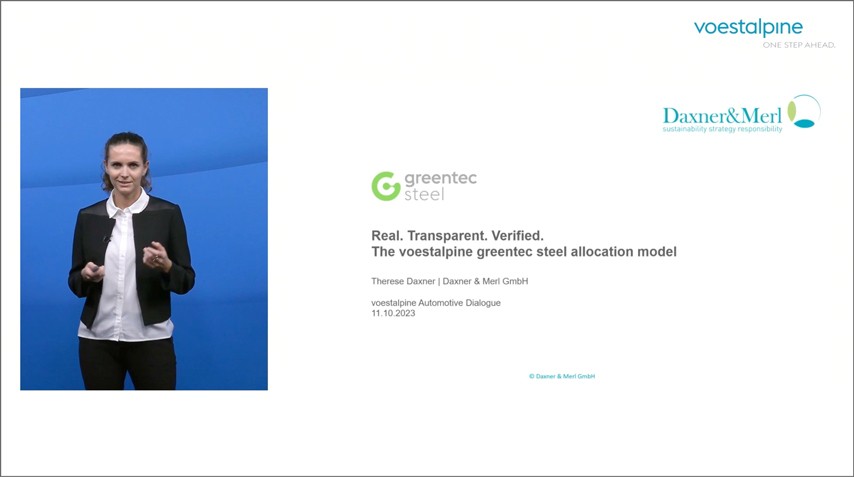
Answers for tomorrow—working on a sustainable future
Climate change, carbon emissions, environmental responsibility—the challenges are important, but our desire for mobility is just as big. The steel and automotive industries are working on answers and driving the green transformation.
Automotive Dialogue was an opportunity for experts from AUDI, BMW, Scholz Recycling, Daxner & Merl and voestalpine to present their path toward a carbon-neutral future. Questions from online participants about the presentations were answered directly by the speakers.
Click here to watch a recording of the entire event.
You will find a brief overview here:
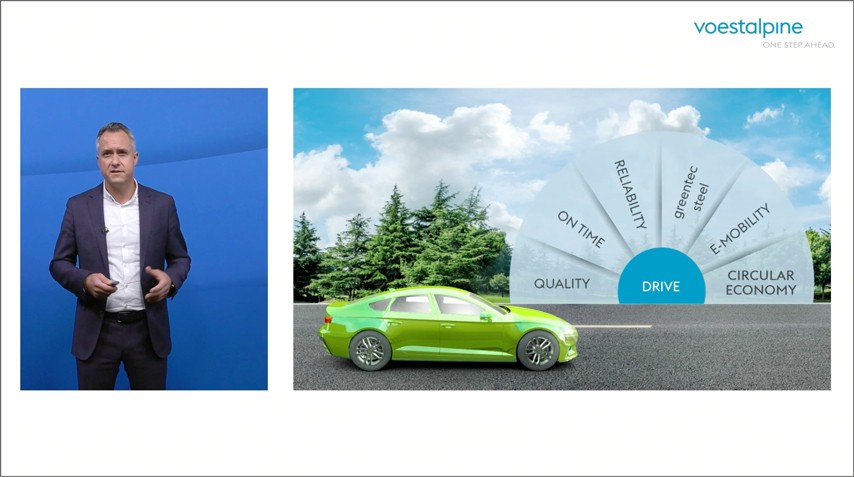
Answers for tomorrow—working on a sustainable future
There is no single solution to the future challenges that companies face. They must have answers in many different areas in order to remain competitive with customers and to benefit the environment. voestalpine builds on proven customer-oriented characteristics such as quality, loyalty to delivery deadlines and reliability, but also provides answers in relevant future areas: greentec steel, electromobility and the circular economy.
greentec steel – our pathway to a green future
The entire steel production of voestalpine will be carbon-neutral by the year 2050. Austria's largest industrial climate protection program is a holistic approach and features comprehensive investments in new plants, technologies and processes from raw material handling to steel production with new electric-arc furnaces.
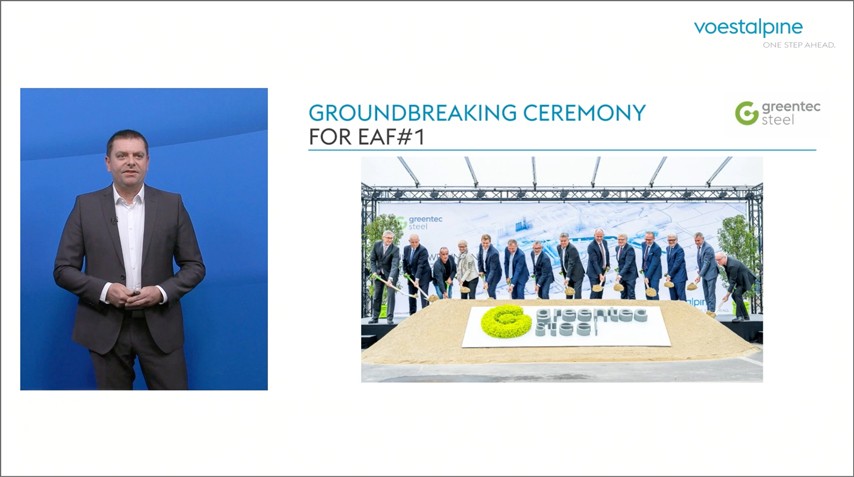
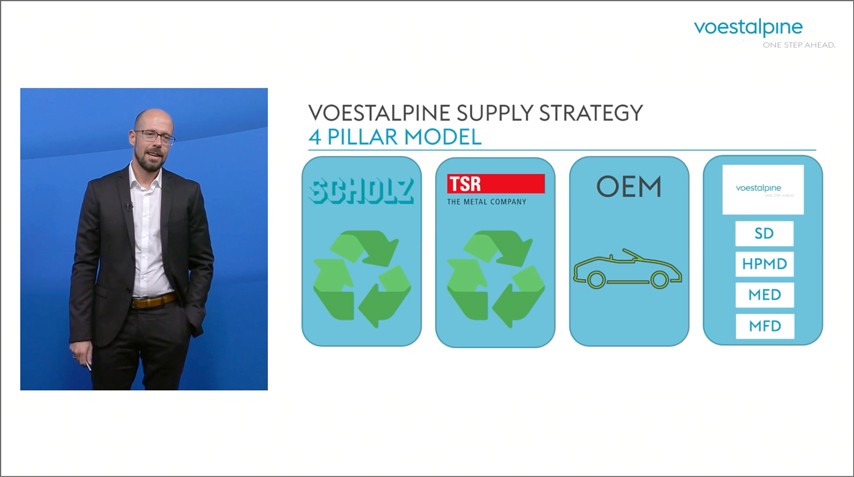
Scrap as a key lever for decarbonizing the steel industry
More scrap will be used in EAF steelmaking, and this will lead to a significant increase in demand. A concrete overview contains answers on how the voestalpine logistics and supply strategy meets this increasing demand.
Presentation featuring Dominik Barth.
The transformation of conventional scrap into high-grade raw materials
As long as the respective scrap quality is good enough, steel can be a completely circular material. This requires that scrap be upcycled, i.e. that the composition of existing materials be broken up. Cooperation between the involved parties makes it possible to meet future demand for high-quality scrap. Upcycling specialists have already been involved in product design.
Presentation featuring Christoph Priemetshofer.
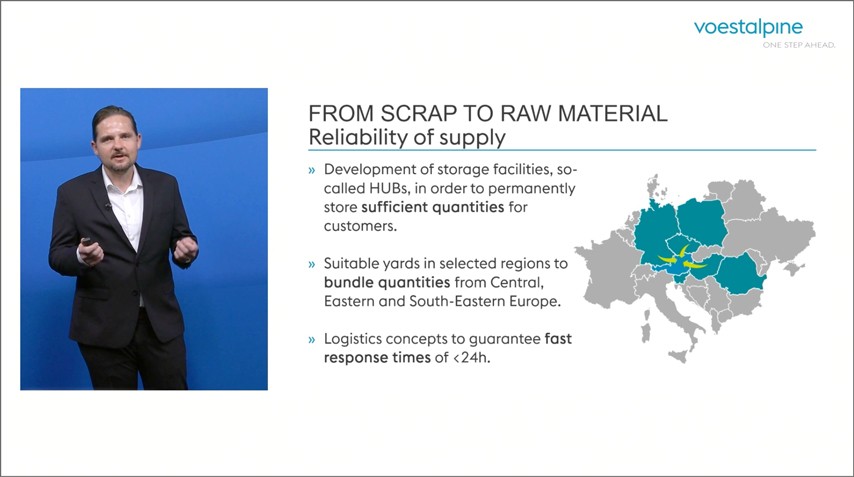
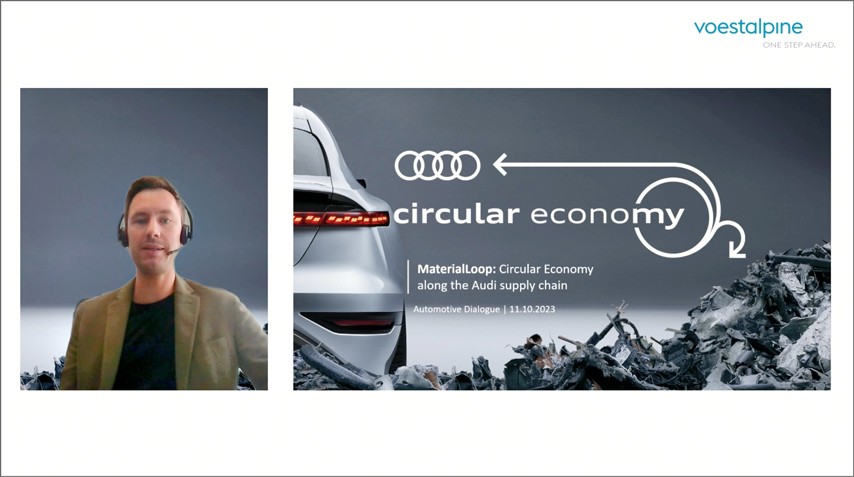
Material Loop: Circular economy along the AUDI supply chain
“Reduce, reuse, recycle" along the entire value chain is the strategy at AUDI. The key is a true circular economy, so that, for example, a windshield becomes another windshield, not a down-cycled product such as a glass container. A fascinating AUDI project in cooperation with partnering suppliers demonstrates how we can change the future with true innovations.
The potential of hydrogen in iron and steelmaking
Hydrogen is an important element in the achievement of carbon-neutral steel production. voestalpine has been working intensively on hydrogen applications. The HYFOR project features hydrogen as an agent to reduce the carbon footprint to almost zero. The SuSteel project converts iron ore in a single process step into crude steel and is carbon-neutral based on the use of hydrogen plasma. And the voestalpine H2FUTURE project is already working on how to ensure company production and storage of hydrogen.
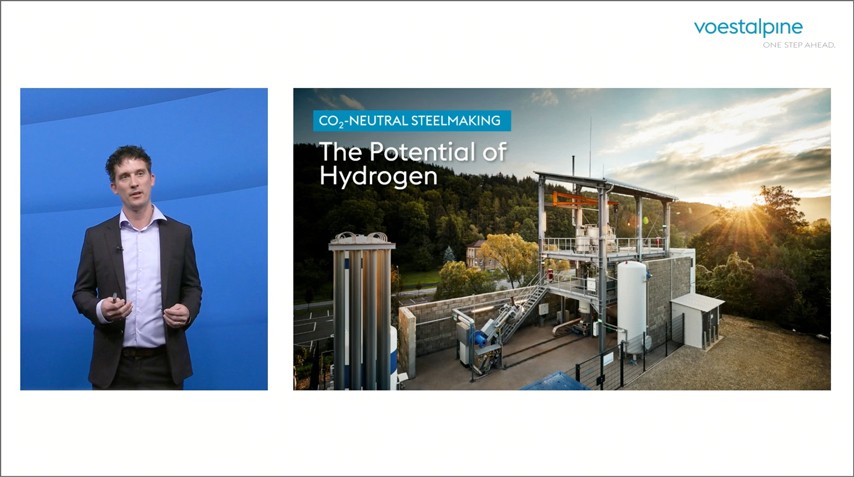
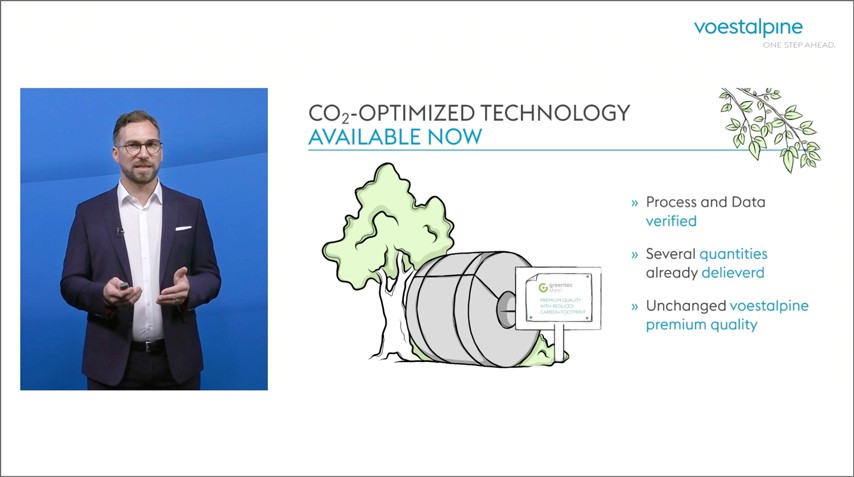
Real. Transparent. Verified. The voestalpine greentec steel allocation model | Part I
Environmental Product Declarations (EPD) ensure that environmental impact assessments at the product level are objective and certified. The information sheet presented by the two speakers begins with defined specifications that were the foundation for the development of greentec steel. The sheet also provides information about how the allocation model became a reality, how it works and what its benefits are. Products become comparable, and customers can clearly see the validated and verified environmental benefits.
Real. Transparent. Verified. The voestalpine greentec steel allocation model | Part II
Environmental Product Declarations (EPD) ensure that environmental impact assessments at the product level are objective and certified. The information sheet presented by the two speakers begins with defined specifications that were the foundation for the development of greentec steel. The sheet also provides information about how the allocation model became a reality, how it works and what its benefits are. Products become comparable, and customers can clearly see the validated and verified environmental benefits.
